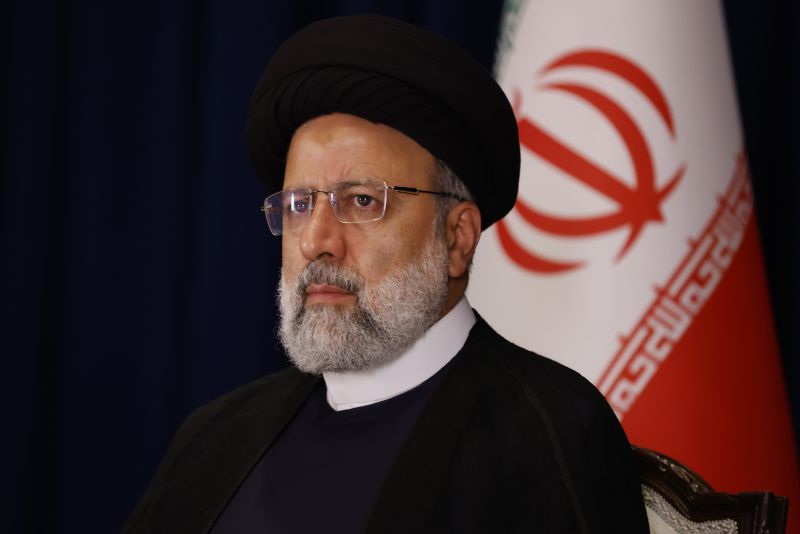
In a devastating turn of events, Iranian President Ebrahim Raisi and Foreign Minister Hossein Amir-Abdollahian were killed in a helicopter crash in East Azerbaijan Province, as confirmed by Iranian state media. The accident, which occurred amidst dense fog and challenging weather conditions, also claimed the lives of seven others onboard. The helicopter was returning from a ceremonial event near the Iran-Azerbaijan border when it encountered trouble, leading to a fatal crash on a remote mountainside.
The crash not only led to a significant national tragedy but also occurred at a critical juncture for Iran, both domestically and regionally. President Raisi, known for his hardline stance and as a protege of Supreme Leader Ayatollah Ali Khamenei, played a pivotal role in Iran’s political landscape. His administration was marked by its firm approach to foreign policy and its handling of internal dissent, which has been met with widespread protests and international scrutiny.
The implications of this incident are far-reaching, touching on Iran’s internal dynamics, its relations with neighboring countries, and its position on the global stage. The government has convened an urgent meeting to address the immediate political vacuum and to plan for an orderly transition, with Vice President Mohammad Mokhbar set to act as interim president until new elections are held.
This tragic event underscores the inherent risks and instability that can rapidly alter the course of a nation’s history, sending shockwaves through regional politics and affecting global diplomatic relations. The coming weeks will be crucial for Iran as it navigates through this period of unexpected change and potential volatility.




